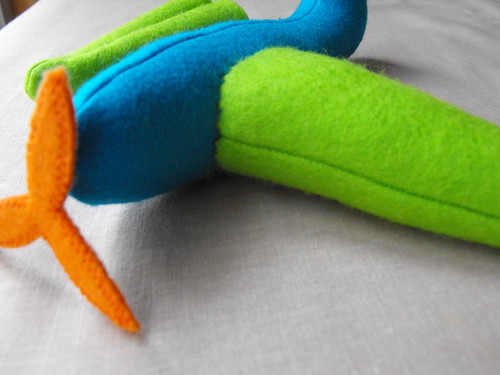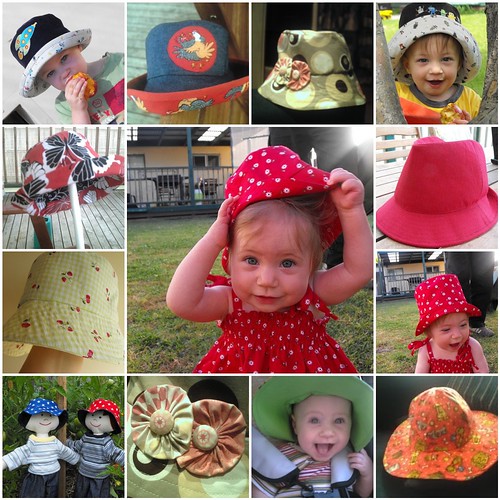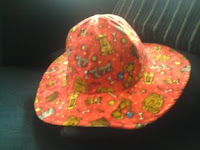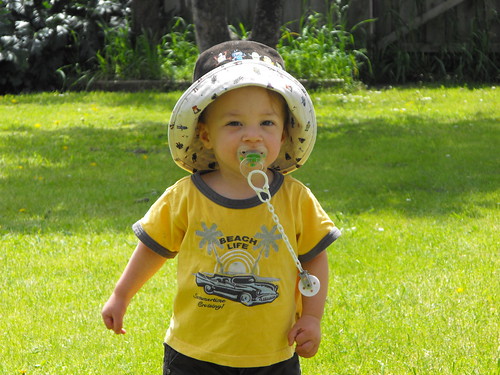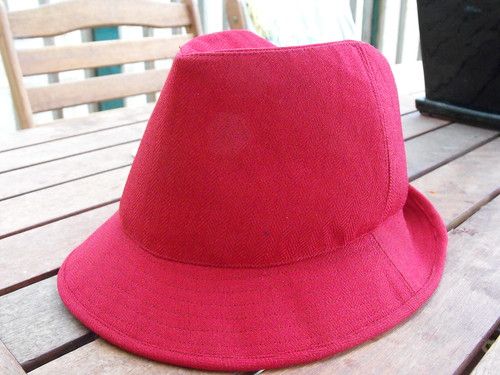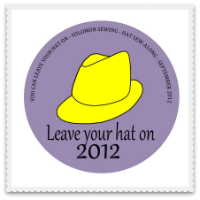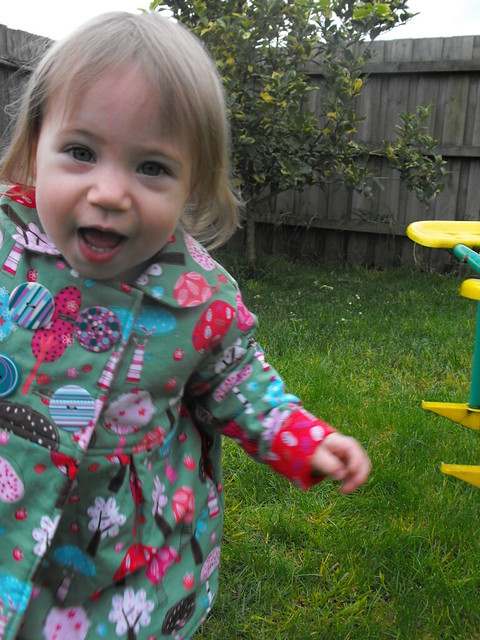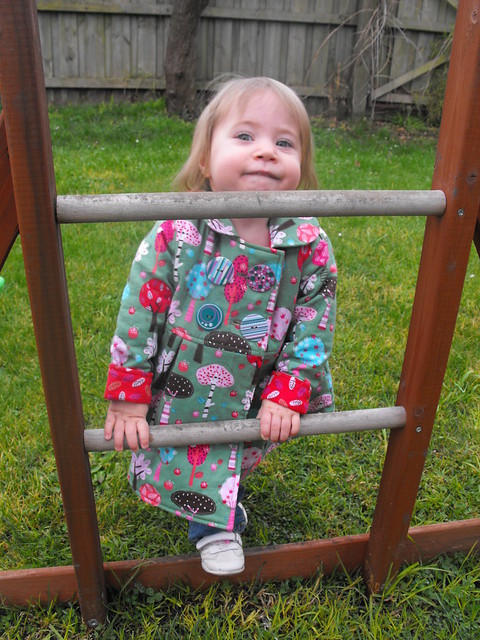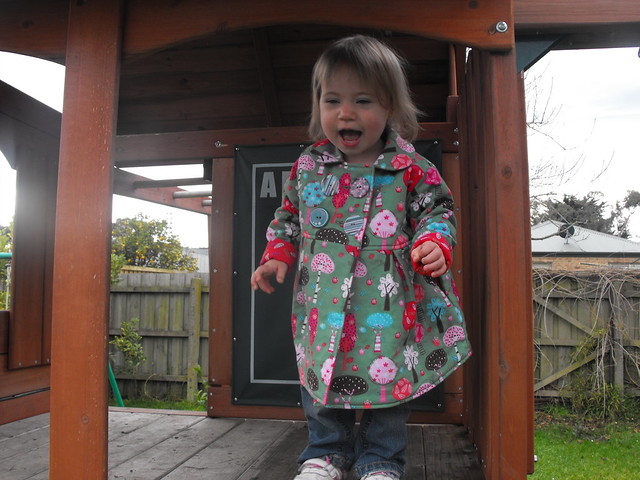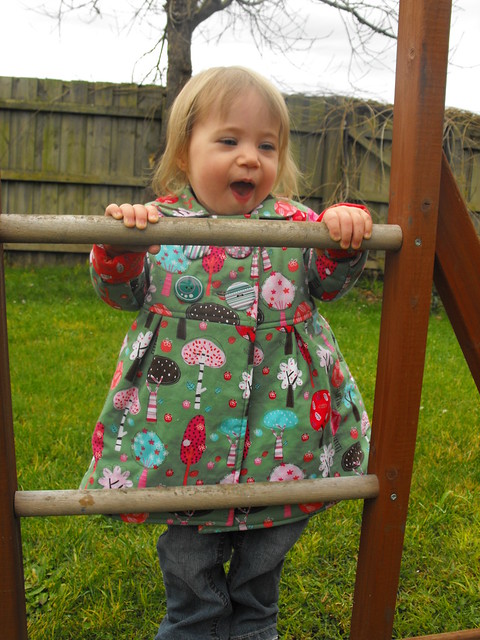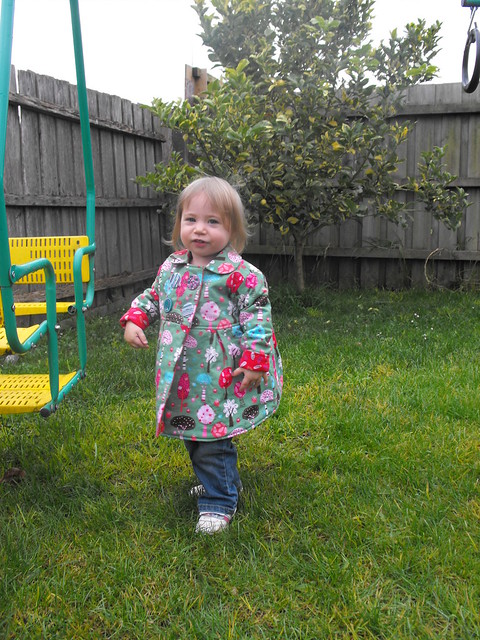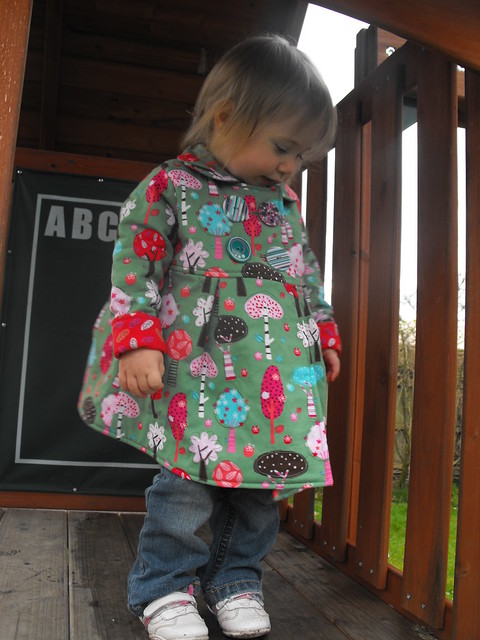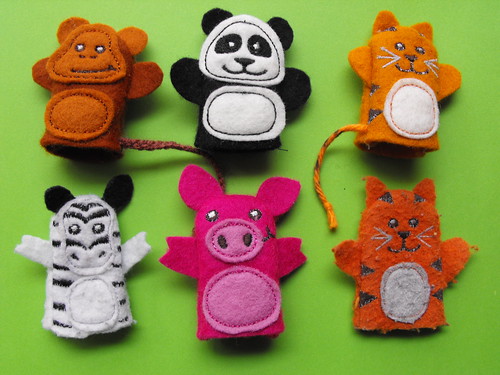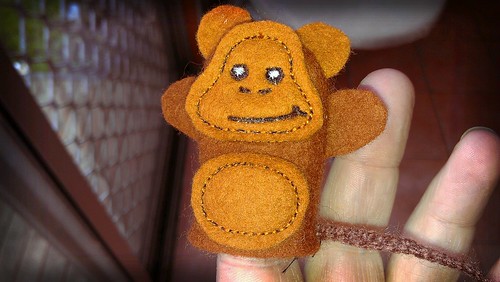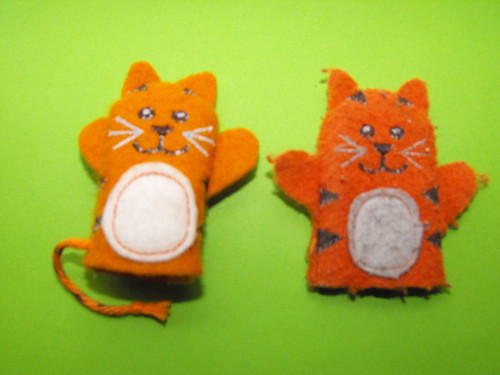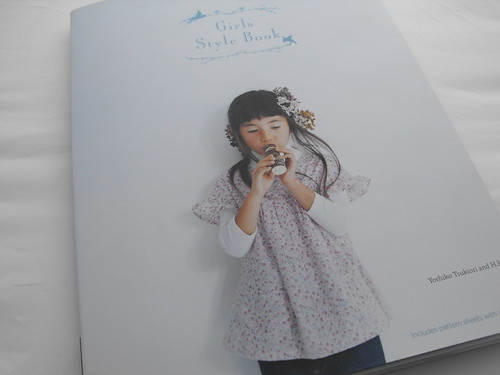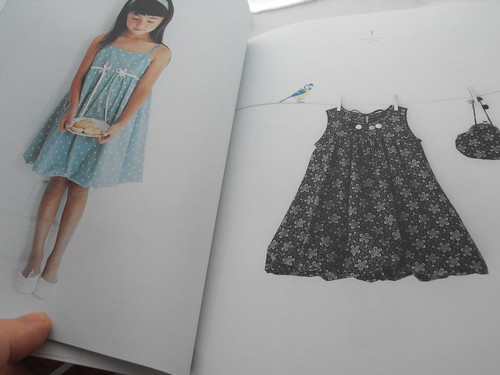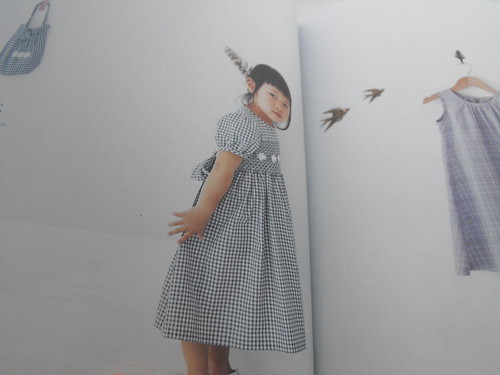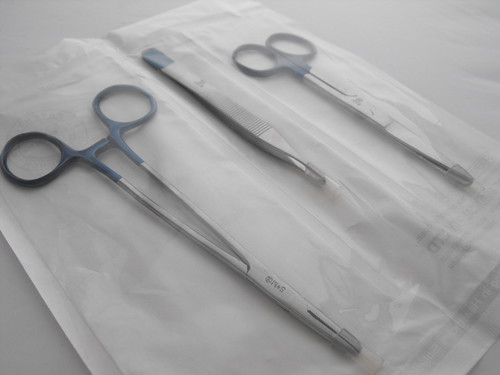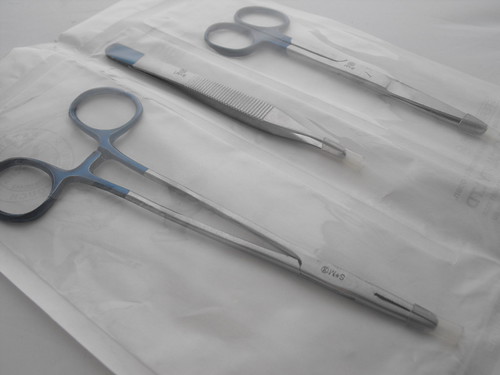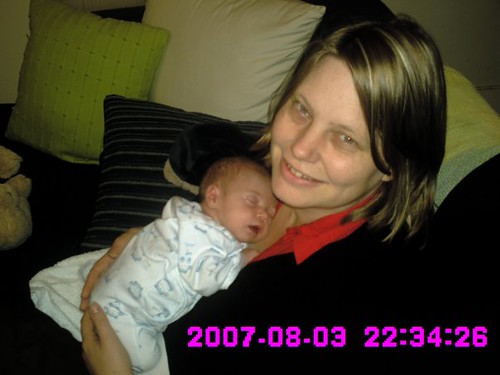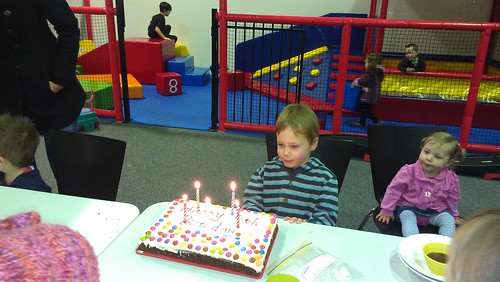
Today I am going to show you how you can trick your sewing machine into doing over-sized button holes.
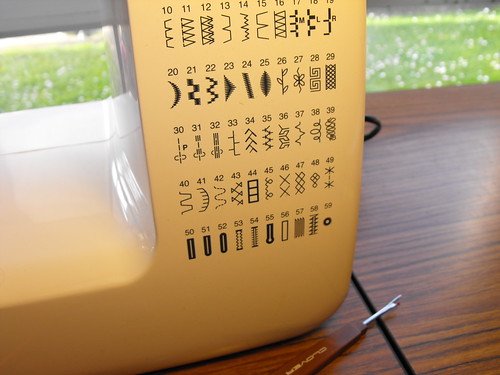
My old sewing machine had the old-style four step button hole. When I got my new sewing machine, one of the features that I was really excited about was the automatic button-hole feature. Now, I just plonk a button in the slot and push a few buttons, press start and away we go. Perfect button holes to perfectly fit my buttons.
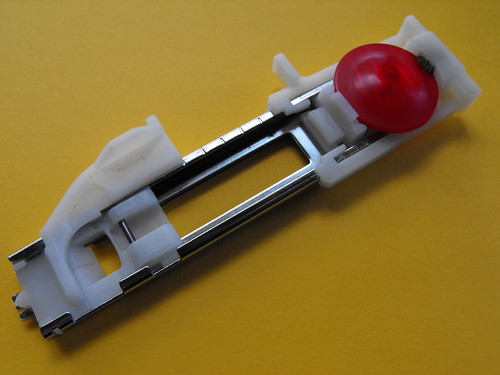
Then, when I made Amélie's Serendipity Coat, with those lovely big buttons, I discovered that not all was fantastic with the automatic button hole feature. Ugh! Those buttons won't fit in that slot! So here's what I did...
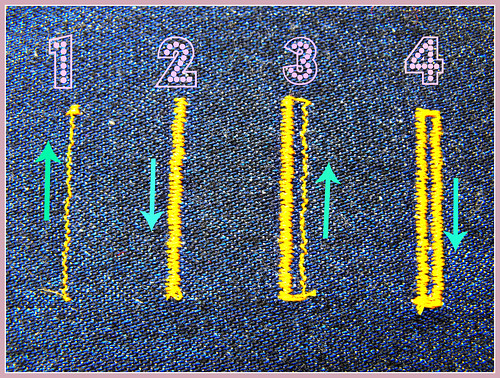
The first thing you should know is that the "automatic buttonhole" is still kind of like a four step button hole. Instead of you doing the button pressing or knob turning, the button-hole foot does all the work.
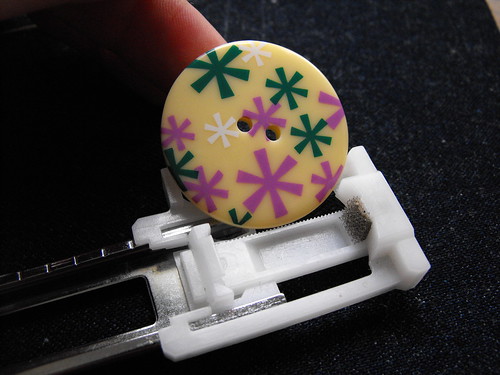
Grab yourself an erasable fabric marker*, (the one I'm using in this tutorial is a white one that is made by Clover - great for dark coloured fabrics like denim) and mark out where you want your button-hole.
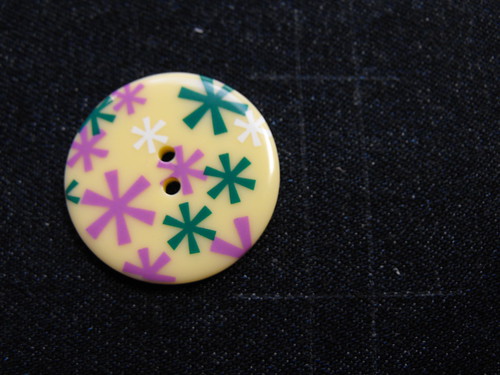
Now extend those starting and finishing points out to the right, so that you can see them beyond the edges of your machine's foot. Place another line, parallel to the buttonhole position, to the right, so that you can see where you are heading when you are sewing your button-hole. My parallel line is about 3/8" away from the marked button-hole line. This puts it just outside of the edge of my presser foot, so I can easily line things up and keep my button hole nice and straight.
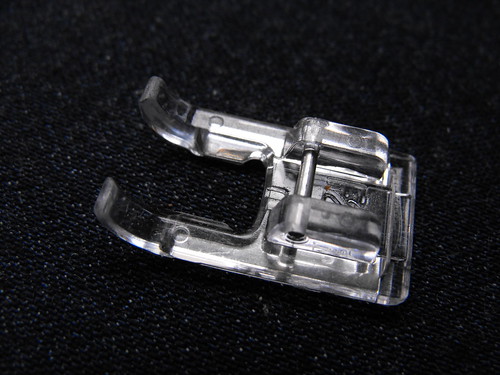
Pop a regular presser foot on your machine, or if you have one, an embroidery foot, because it won't catch on your button hole stitches and it's nice and easy to see what is going on. Set your machine up to do button-holes and lower the black lever.
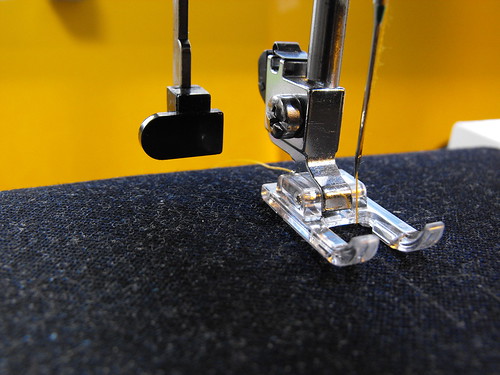
The black lever is key here. My button-hole stitches won't work at all unless that lever is down, because that lever tells the machine when each "step" is finished and when to begin the next "step". The lever acts like a button/switch/knob, and the automatic btton-hole foot, when you use it, acts like your finger, pressing the black lever "button" as it goes. For over-sized buttons, we push the lever, in the same way that the button-hole foot does.
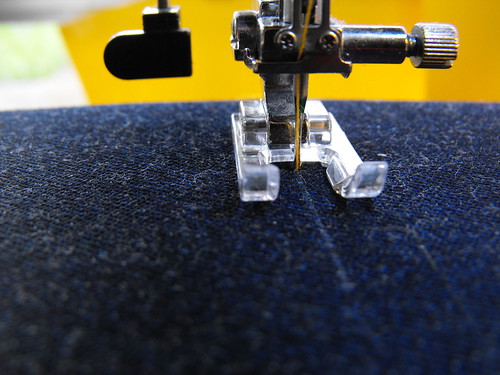
Starting with most of the button-hole under the foot, and the front edge lined up with the needle, (remembering that button-holes are sewn backwards!) lower your needle and begin to sew. I don't use the "start" button for these button-holes. I like to have a bit more control over the speed, so I use the pedal.
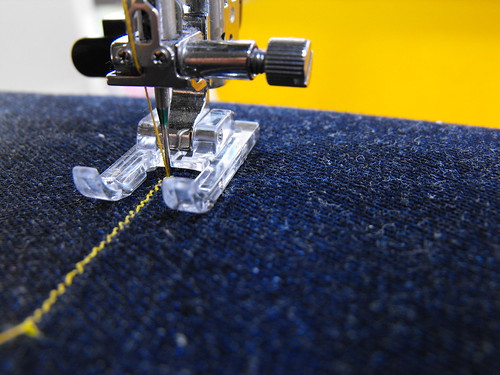
When you reach the line at the end of your marked button-hole, press the lever from the back. That is, push the lever towards you.

When you reach the front edge of your button-hole, push the lever from the front, that is, push the lever away from you.

When the machine reaches the line again, push it from the back, as before. You will need to repeat this, pushing the lever in the direction you want the stitching to go. Please bear in mind that the amount of lever pushing, and the direction will vary from machine to machine and from button-hole style to button-hole style.
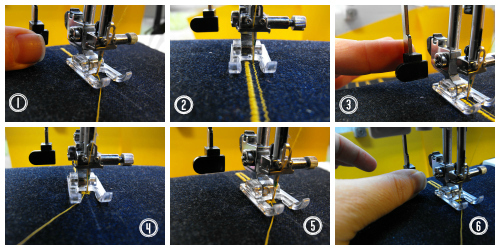
The last step is to push the button backwards and then sew the bit that goes across the front end. Voila! Finished button-hole! Well, once you open it, it is...
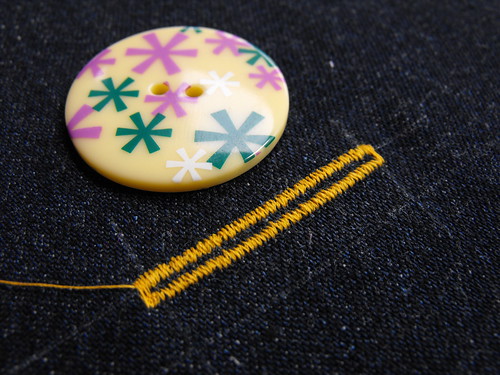
Now, if you want to do this yourself, I suggest that you have a few practise runs with some scraps before you tackle your actual project.
*Always test a disappearing ink pen on a scrap of your fabric first to make sure that it disappears and never iron over disappearing ink as it may cause it to become permanent!


